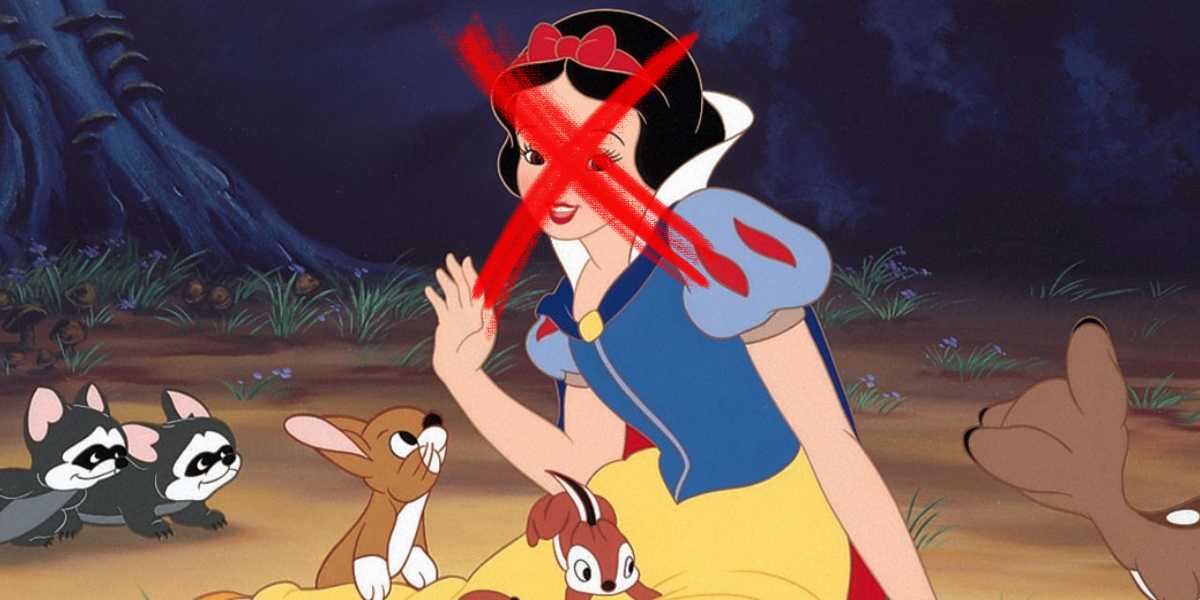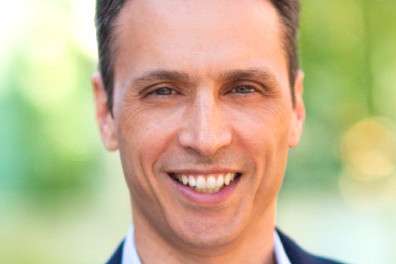The Walt Disney Company is turning the page on a cornerstone of its illustrious 100-year history. When “Snow White and the Seven Dwarfs” first graced screens in 1937, it heralded the dawn of Disney princesses—a lineage that would spawn over 60 animated classics and create a monumental media franchise known as Disney Princess. From Snow White to modern heroines like Moana and Raya, the princesses have faced varying criticisms, particularly on their uniform appearance. Critics have long highlighted that Disney’s female protagonists often share aesthetically similar features, such as “pleasantly round” faces with large eyes and delicate features, leaving little room for diverse representations.
This uniformity has been a recurring issue, fueled further with hits like “Frozen.” For instance, animating characters like Anna and Elsa brought to light the challenge of diversifying character designs while maintaining attractiveness—a dilemma animation head Lino DiSalvo once acknowledged. Furthermore, movies like “Aladdin” juxtapose distinct side characters with Jasmine’s classic Disney heroine look, accentuating the lack of variety in Disney’s depiction of beauty over the decades.
However, there’s a promising shift on the horizon. Disney’s upcoming animated sequel, “Inside Out 2,” seems set to challenge these conventions. Directed by Kelsey Mann, the film is poised to address the design criticisms by introducing new, more creatively diverse characters. Anxiety, Embarrassment, Ennui, and Envy, a fresh roster of emotions set to debut in Riley’s teenage mind, boast facial features far removed from the traditional Disney Princess look. Mann’s approach, inspired by feedback from Pete Docter, aims to break the mold with visually distinctive and ‘pushed’ designs.
This evolution in character design is a significant departure from the cherubic, homogenous faces that have defined Disney heroines for 87 years. The changes in “Inside Out 2” could potentially influence future representations of human characters in Disney animations, possibly even leading to new designs that move away from the historic “Disney Princess Face.” This move signals an exciting era where diversity in character aesthetics may well become the norm across all animated stories from the House of Mouse.
As “Inside Out 2” gears up for its highly anticipated release, it’s not just the storytelling that’s evolving, but also the visual representation of its characters. With seasoned voices returning and new ones joining the fray, it’s poised to tackle Riley’s tumultuous teenage years, bridging a narrative that’s both inclusive and progressive. The fresh design ideologies make it a worthy successor to its 2015 predecessor.
So, dear Disney fans, are you thrilled about the new directions Disney is taking? Share your thoughts in the comments and engage with our vibrant community. Let’s continue the magic conversation together!



